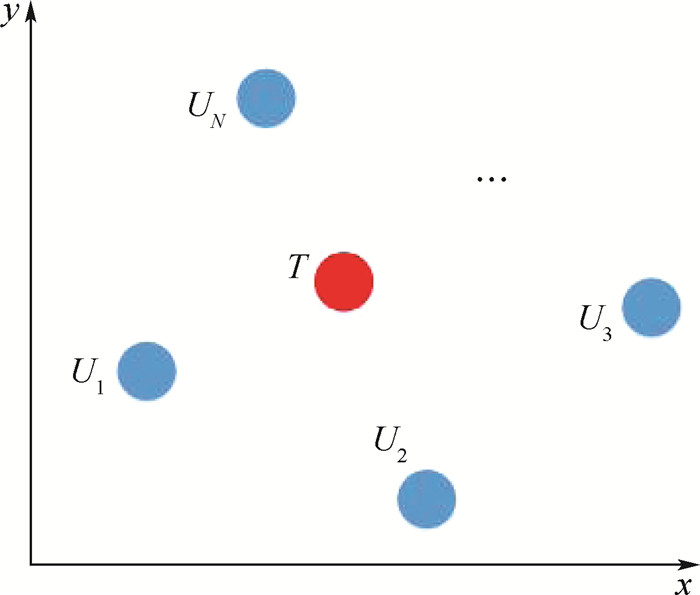This study investigates the inlaid floating ring seal with high-speed gas films in aeroengines, focusing on the opening performance of the seal with different structural parameters, starting modes, and material combinations. The solid domain model and the gas film fluid domain numerical analysis model of the inlay ring-graphite ring-runway are established, and the working gas film thickness and the pressure distribution of the gas film flow field are obtained. By calculating the seal force, the seal opening performance parameters, such as buoyancy, closing force and opening speed, are obtained. This study analyzes the effects of many factors on seal opening speed, such as the inlay-graphite ring thickness ratio and width ratio, and material matchings between the inlay and graphite rings and between the inlay ring and runway.A floating ring seal test bench and a floating ring displacement monitoring system are built, and the numerical simulation results are verified by experiments. Results show that the inlaid structure of the floating ring can effectively improve the sealing failure caused by the decrease of the gap between the graphite ring and runway when temperature rises. The material of the insert ring is a sensitive parameter, which affects the opening performance of seals. This performance decreases rapidly with the increase of the linear expansion coefficient of the material. The material matching between the inlay ring and runway is an important factor for the opening performance. When the inlay ring and runway have the same material, the graphite ring and runway are in a state with a "constant gap", and the opening performance of the seal is more stable at complex temperatures. Results also show that start-up mode has great influence on the opening performance of seals, and that this performance is best when the engine is started by increasing the speed to the working speed and then pressurized. Therefore, floating ring seals should avoid adjusting operating parameters for a long time with higher pressure and speed. The results provide a basis for structural design, material selection and system design of the inlaid floating ring seal for aircraft engines.







